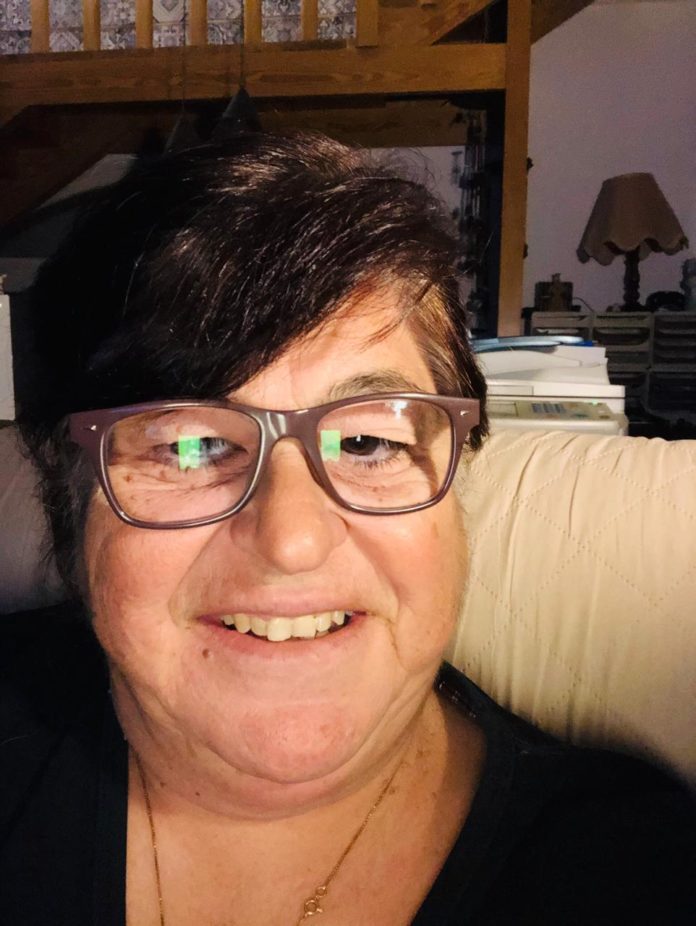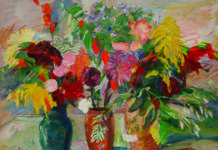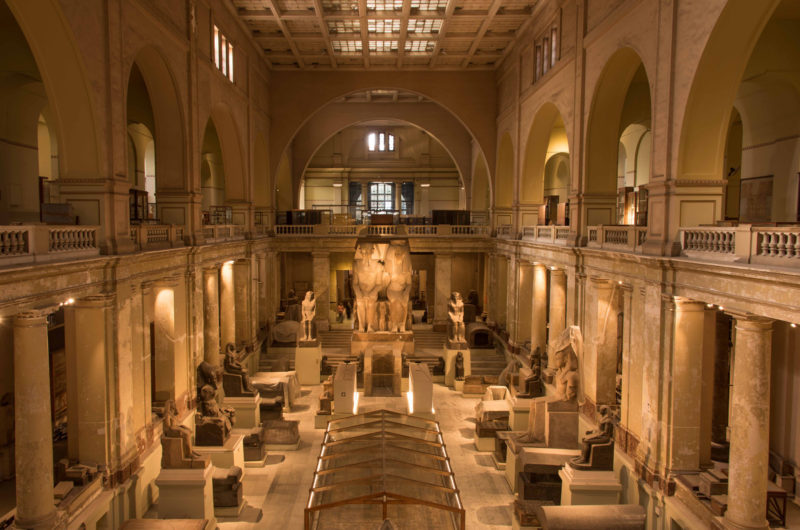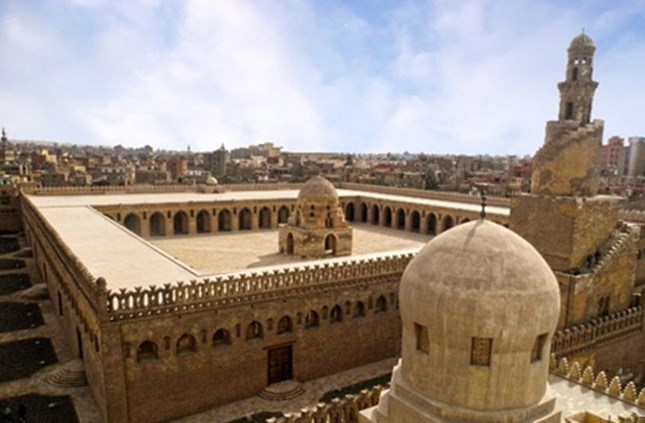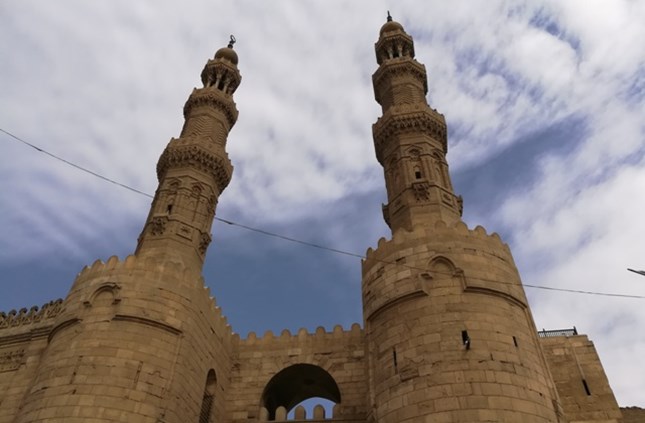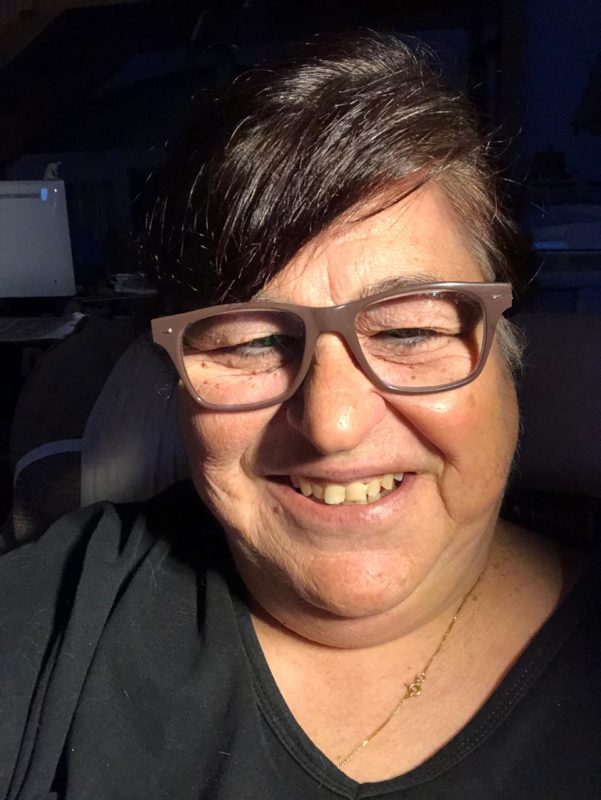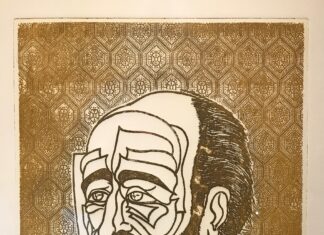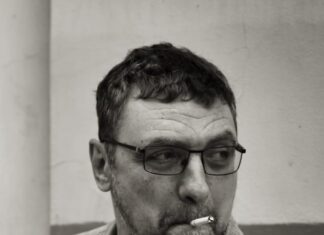By Maydaa Nadar
Special to the Mirror-Spectator
Cairo — Without a doubt, the Armenians who came to Egypt enriched Egyptian heritage and culture. Parallel to their achievements and appreciated works, many of them, their sons, and their grandsons, are still present in the minds of Egyptians.
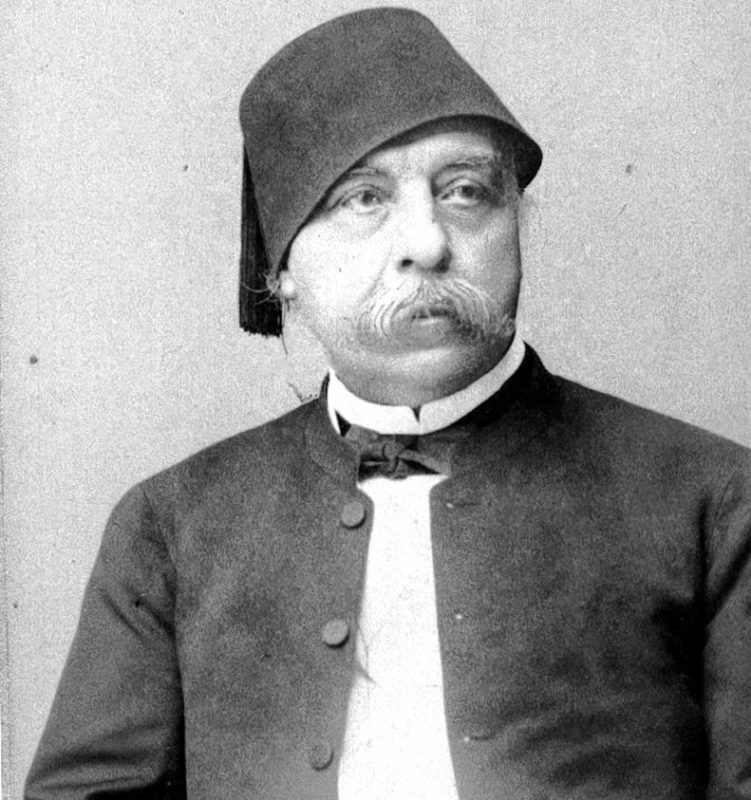
Let us recall that the first prime minister of Egypt was the Armenian-Egyptian Nubar Pasha. Regarding arts, not only the Egyptian but the Arab public as well have been enjoying the works of Armenian-Egyptian actresses and singers Ninochka Manoug Kupelian (known in Egypt by her stage name Lebleba), Nelly Artin Kalfayan (known by her mononym Nelly), Perouz Artin Kalfayan (known by Feyrouz), and Wartanoush Garbis Selim (known as Anoushka).
In addition to politics and arts, other fields of achievement for the Armenians in Egypt include archeology and architecture. A vivid example is the Armenian-Egyptian archeologist and architect Nairy Hampikian.
In 1895, after the first wave of the Hamidian massacres, Nairy’s grandparents arrived in Egypt from Constantinople. When the formation of an Armenian community started in the country, her grandparents worked as teachers at the Armenian schools. She grew up in a suburb in Heliopolis (a neighborhood today in the Egyptian capital of Cairo). Egyptians describe this area as a multiethnic district. In order to preserve her Armenian identity, including the language, her parents raised her in an isolated bubble. We interviewed Nairy to delve into her interesting life path.



